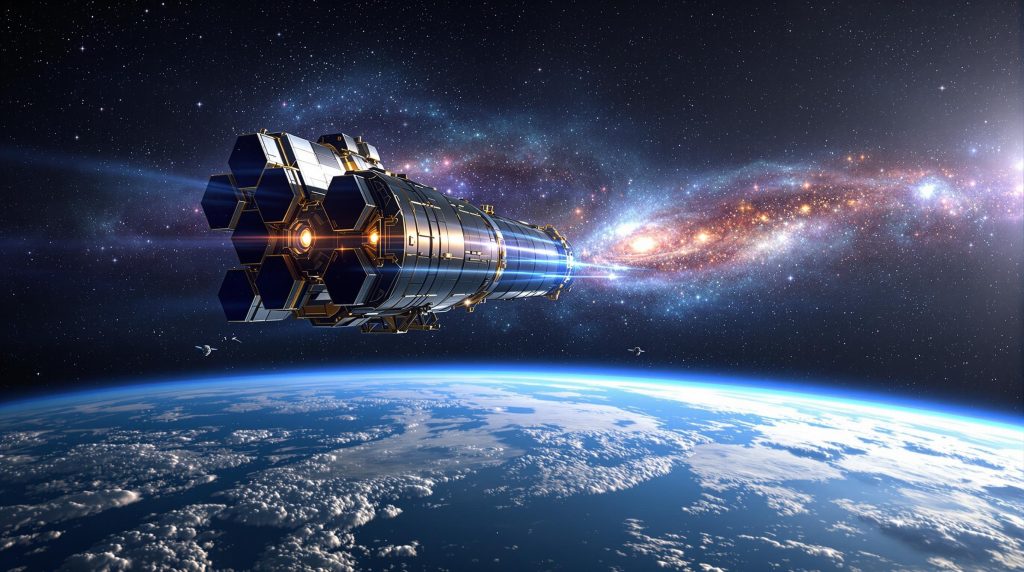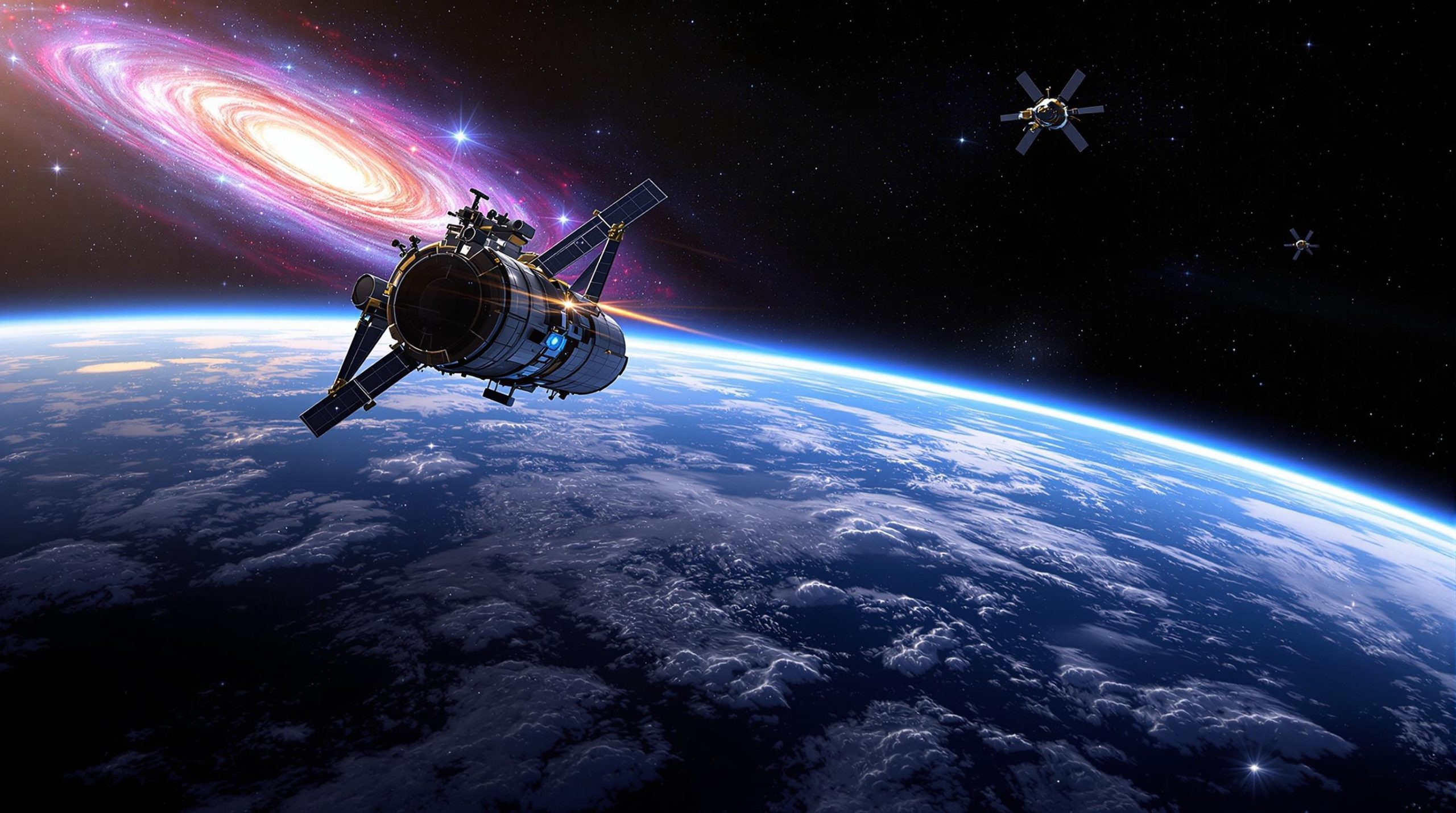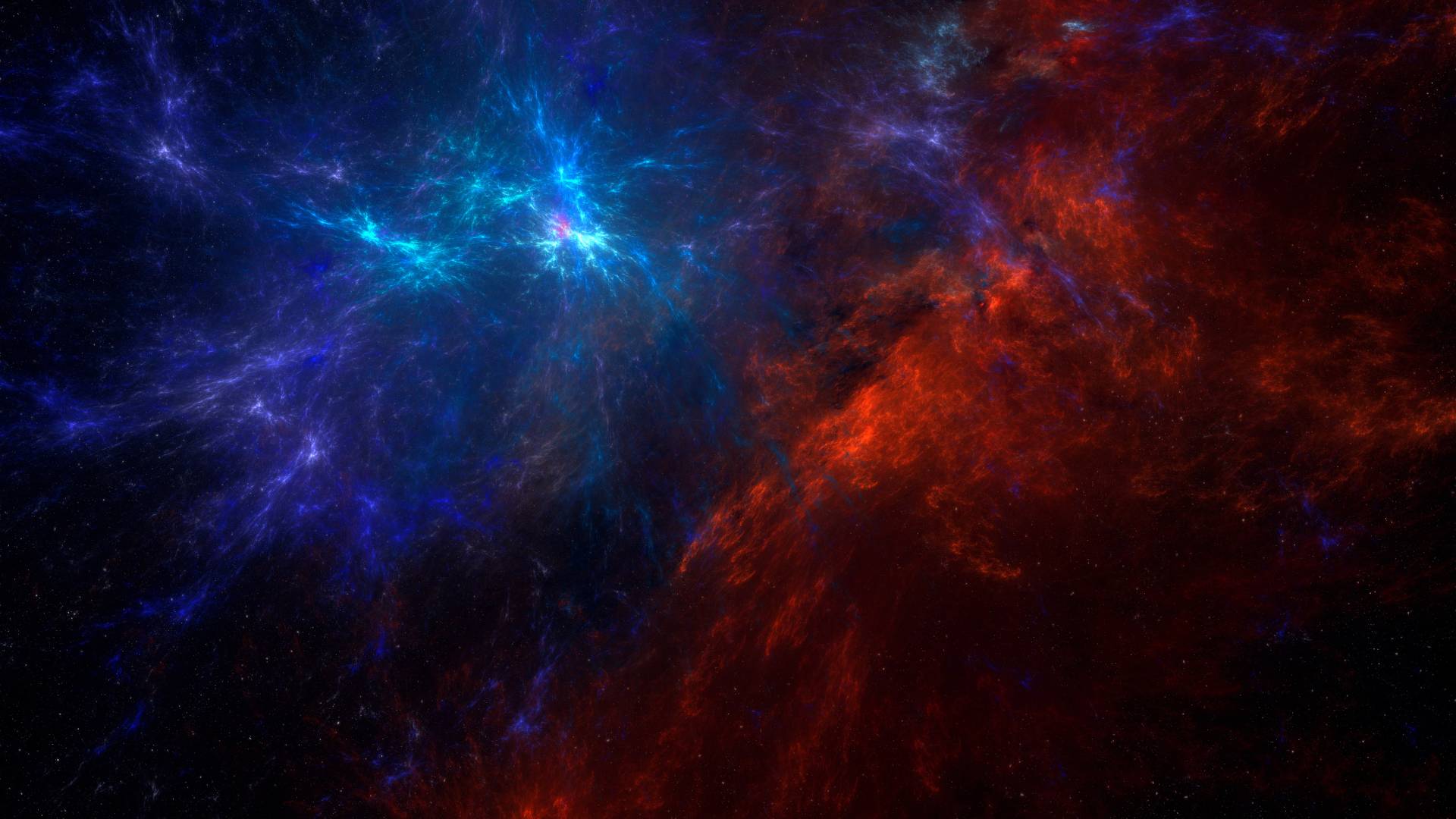Space telescopes have revolutionized our understanding of the universe, offering a window into distant galaxies, stars, and other celestial phenomena. Unlike ground-based telescopes, these sophisticated instruments operate from space, free from the distortions of Earth’s atmosphere. But how exactly do they work? Let’s explore the science and technology behind these marvels. stay with Spaceyv
The Basics of Space Telescopes
Space telescopes are essentially optical instruments launched into space to observe and capture images of celestial objects. They are designed to detect different types of electromagnetic radiation—visible light, infrared, ultraviolet, X-rays, and gamma rays—that often cannot penetrate Earth’s atmosphere.

- Key Components:
- Primary Mirror or Lens: Collects and focuses light or radiation from distant objects.
- Detectors: Convert the collected radiation into data or images.
- Instruments: Include spectrographs and cameras for detailed observation.
- Famous Examples:
- The Hubble Space Telescope captures stunning images in visible and ultraviolet light.
- The James Webb Space Telescope (JWST) observes in infrared, revealing phenomena invisible to Hubble.
You can Read this : The best telescope for viewing galaxies
Why Are Space Telescopes in Space?
Space telescopes are placed in space to overcome the limitations of ground-based observatories. Here’s an in-depth look at why their location beyond Earth’s atmosphere is crucial:
1. Eliminating Atmospheric Distortion
- Atmospheric Turbulence: On Earth, the atmosphere causes “twinkling” of stars (technically called astronomical seeing), which distorts the clarity of images.
- Crystal-Clear Views: Space telescopes avoid this turbulence, capturing sharp, high-resolution images without interference.
2. Accessing the Full Electromagnetic Spectrum
Earth’s atmosphere blocks or absorbs much of the electromagnetic radiation from space, making it impossible for ground-based telescopes to observe certain wavelengths:
- Blocked Radiation: X-rays, ultraviolet (UV), and most infrared waves don’t reach the surface.
- Space Advantage: Telescopes in space, such as the Chandra X-Ray Observatory and James Webb Space Telescope, can observe these blocked wavelengths and reveal phenomena invisible to ground observatories.
3. Observing Faint and Distant Objects
- Background Noise Reduction: On Earth, light pollution and atmospheric scattering hinder observations of faint objects like distant galaxies or exoplanets.
- Unobstructed View: Space telescopes can detect faint signals with greater sensitivity, providing a clearer view of the universe’s most distant and ancient regions.
4. Continuous Observation
- Day and Night Cycle: Ground telescopes can only observe during the night, and their views are affected by weather conditions.
- 24/7 Observation: Space telescopes are unaffected by day-night cycles or weather, allowing continuous data collection over long periods.
5. Reduced Light Pollution
- Urban Brightness: Light from cities significantly hampers ground-based telescopes, even in observatories far from urban areas.
- Pure Darkness: In space, telescopes operate in the darkness of the cosmos, unaffected by artificial light.
6. Expanding Scientific Horizons
- Unprecedented Discoveries: Space telescopes have revolutionized our understanding of phenomena like the Big Bang, dark matter, and black holes.
- Breakthroughs in Astronomy: Observatories like Hubble and Webb provide data that drive innovations and answer fundamental questions about the universe.
Space telescopes are a monumental leap in observational astronomy, providing clear, comprehensive, and uninterrupted views of the universe. Their placement beyond Earth’s atmosphere ensures unparalleled accuracy and breadth, allowing humanity to explore cosmic phenomena that would otherwise remain hidden. These tools are indispensable for advancing our understanding of space and time.
How Do Space Telescopes Operate?
- Launch and Positioning:
- Space telescopes are launched aboard rockets and positioned in orbit around Earth or farther away, such as the Lagrange points—gravitationally stable zones in space.
- For instance, the James Webb Space Telescope orbits the Sun at the second Lagrange point (L2), 1.5 million kilometers from Earth.
- Data Collection:
- The primary mirror or lens collects light or radiation from a target object, such as a galaxy or star cluster.
- The focused light is directed to onboard instruments, which capture images or measure properties like brightness and spectrum.
- Data Transmission:
- Collected data is converted into digital signals and transmitted back to Earth using high-frequency radio waves.
- Ground stations process the signals into usable scientific data.
- Remote Control:
- Astronomers on Earth remotely control space telescopes, adjusting their position and focus to observe new targets.

Types of Space Telescopes
The Challenges of Space Telescopes
- Cost and Complexity:
Developing, launching, and maintaining space telescopes is expensive and technologically challenging. - Repairs and Upgrades:
Unlike ground telescopes, space telescopes are difficult to repair or upgrade. The Hubble Space Telescope is an exception, as it was designed to be serviced by astronauts. - Data Bottlenecks:
The vast amount of data collected by space telescopes can overwhelm storage and transmission systems.
Why Are Space Telescopes Important?
- Discovering the Origins of the Universe:
- Space telescopes have provided insights into the Big Bang, star formation, and galaxy evolution.
- Finding Exoplanets:
- Instruments like the Kepler Telescope have detected thousands of planets orbiting other stars.
- Studying Extreme Phenomena:
- X-ray and gamma-ray telescopes observe black holes, supernovae, and neutron stars.
- Inspiring Humanity:
- The breathtaking images and discoveries from space telescopes inspire awe and curiosity, sparking interest in science and exploration.

The Future of Space Telescopes
- Advanced Missions:
The upcoming Nancy Grace Roman Space Telescope will focus on dark energy and exoplanet studies. - Interstellar Observatories:
Future telescopes may venture beyond our solar system for even clearer observations. - Collaboration:
International collaboration is driving the next generation of telescopes, pooling resources and expertise.
Conclusion
Space telescopes are humanity’s eyes in the cosmos, revealing the universe’s secrets with unparalleled clarity. From capturing the birth of stars to observing the edges of the observable universe, these instruments continue to transform our understanding of space and time. As technology advances, the next wave of space telescopes promises to unlock even more mysteries, ensuring that our exploration of the heavens never ceases.
Resources
NASA – Hubble Space Telescope: https://www.nasa.gov/mission_pages/hubble
European Space Agency – James Webb Space Telescope: https://www.esa.int
Space.com – How Space Telescopes Work: https://www.space.com




